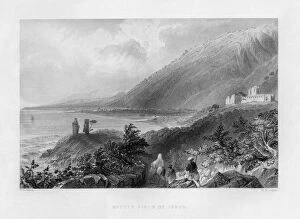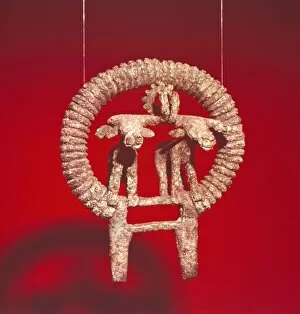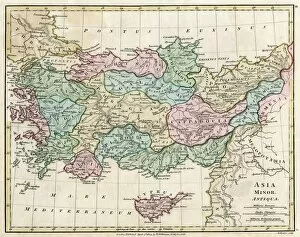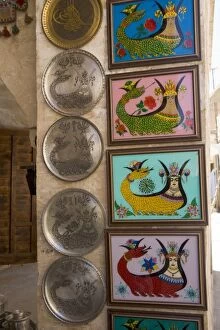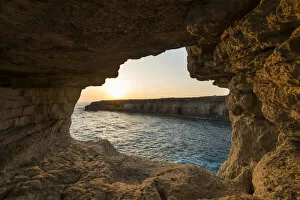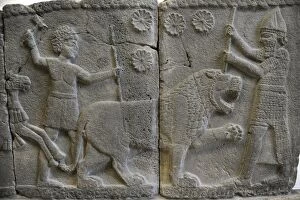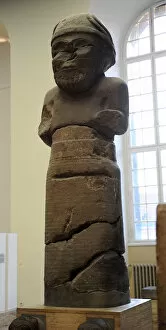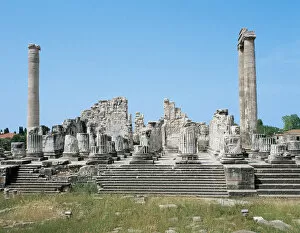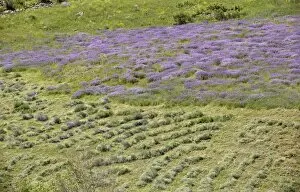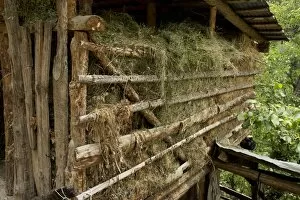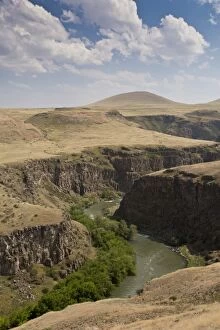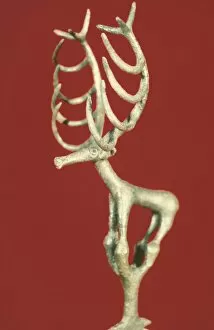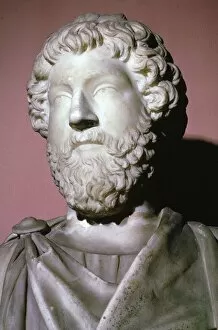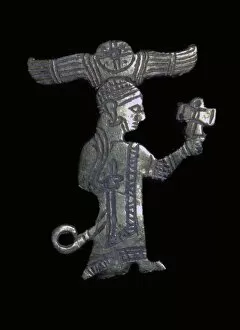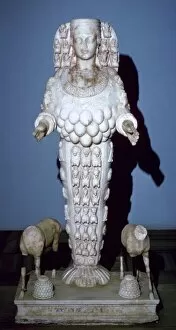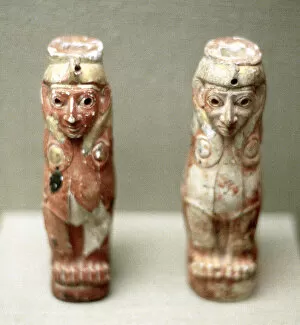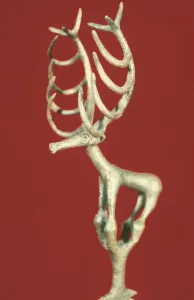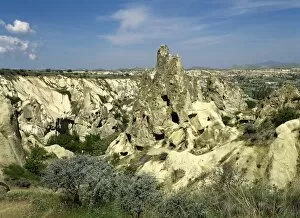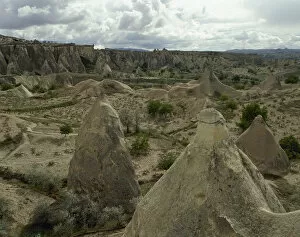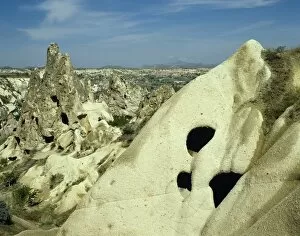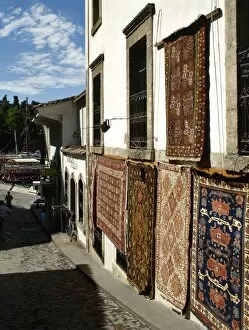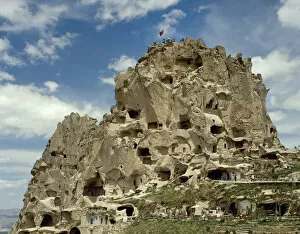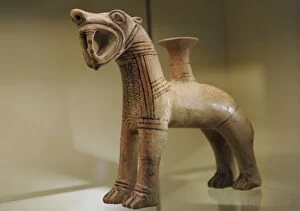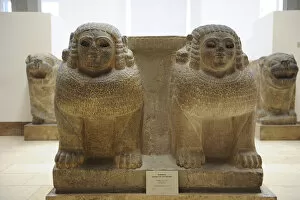Anatolian Collection (#3)
"Anatolian: A Journey through Time and Culture" Step into the fascinating world of Anatolia, a land rich in history and diverse traditions
For sale as Licensed Images
Choose your image, Select your licence and Download the media
"Anatolian: A Journey through Time and Culture" Step into the fascinating world of Anatolia, a land rich in history and diverse traditions. From the ancient settlement of Catalhoyuk to the grandeur of the Ottoman Empire, this captivating region has witnessed countless civilizations rise and fall. Catalhoyuk, a sprawling Neolithic site, offers a glimpse into prehistoric life with its well-preserved remains. Explore the intricate architecture and marvel at the ingenuity of our ancestors who called this place home. Travel back in time to the days of the mighty Ottoman Empire as you witness Jereed, a traditional sport that captures the essence of Turkish heritage. Admire skilled horsemen engaging in thrilling battles on horseback, showcasing their equestrian prowess. Immerse yourself in panoramic views of Adrianople (Edirne), once an important city within the Ottoman Empire. Let your imagination soar as you envision bustling markets and majestic palaces that once graced these streets. Gaze upon Gallipoli's breathtaking vistas, where history was written with blood during World War I. Reflect on the bravery displayed by soldiers from all corners of the globe as they fought for their nations' ideals on these hallowed grounds. Discover Nicea (Iznik) church's architectural wonders; remnants from Byzantine times that stand tall amidst modernity. Witness how faith has shaped this land throughout centuries, leaving behind awe-inspiring structures like this one. Ephesus city beckons with its ancient pillars adorned with Greek inscriptions—a testament to its former glory as one of Asia Minor's most prominent cities. Walk among ruins that whisper tales from antiquity and let your imagination run wild. Indulge your senses with Anatolia's culinary delights—bread fresh out of ovens paired perfectly with succulent grapes bursting with flavor. Experience Plateau Life firsthand; savor hearty meals while taking in breathtaking mountainous landscapes.


